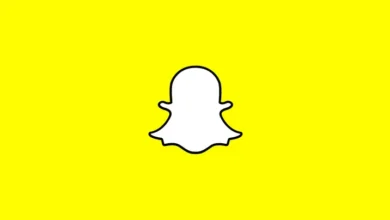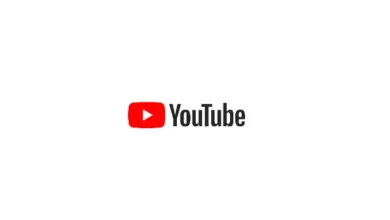LinkedIn Reports “Record Engagement” Once Again as it Officially Reaches a Billion Members

What a surprise, LinkedIn has once again seen “record engagement” in the latest quarter, as it continues its steady growth under parent company Microsoft.
LinkedIn’s latest results, announced as part of Microsoft’s quarterly update, officially confirm that the platform is now up to a billion members, a new milestone for the app, while engagement remains high, with newer elements helping to drive more usage.

The “record engagement” note has become pretty much expected, given that Microsoft has shared almost the exact same wording in its LinkedIn update in every single one of its quarterly updates since 2018. It’s so predictable that I actually wrote this summary the day before the release, that’s how confident I was that LinkedIn would once again be hitting those “record” levels.
Which seems unreal, right? You can’t reach a new record every single time. That, you would assume, would be especially true over the holiday period, where LinkedIn, in particular would likely see some level of downturn in usage.
Right?
Evidently not, as Microsoft reports that growth in member sign-ups in Germany and India have helped to propel its total audience figures to new highs once again.

Look, I have many questions about this.
“Members”, for one, is not the same as “active users”, and it’s amazing that LinkedIn is continually allowed to report just these figures, as opposed to every other social app. If Meta, for example, shared that it has over 7 billion members, people would immediately highlight it for the misleading data point it is, as we know that Meta has some 3 billion actual active users.
But somehow, LinkedIn is allowed to be like: “Yep, a billion members, pretty good right?”
Like, no, it’s not good. I mean, it might be, but really, we want to know how many people are using the platform, as opposed to signing-up, uploading their resume, then, maybe, never coming back.
As another example, back in 2022, shortly after Elon Musk took over at Twitter, he announced that he would be looking to free up 1.5 billion dormant handles in the app. X has officially reported 500 million active users, so theoretically, X could claim 2 billion “members” if it wanted?
It seems weird, but somehow, LinkedIn’s not being pressured to share actual usage stats.
For the record, my estimates, based on LinkedIn’s EU engagement stats (which are required under EU reporting laws) point to LinkedIn currently serving around 400 million monthly active users.
In terms of performance specifics, LinkedIn’s seeing growth in members adding skills to their profiles (+80% year-over-year), while newsletters also continue to gain traction, with total newsletter readership tripling over the past year.
LinkedIn’s also still integrating more AI features, in line with Microsoft’s broader approach to squeezing in AI tools wherever it possibly can. LinkedIn now has AI post prompts, AI post summaries, job seeker replies, and more.
Which I also have concerns about, in terms of how that’ll distort the representation of actual professional competencies in the app. But AI is the way of the future, so I guess LinkedIn would view this as simply getting ahead of the curve.
Also worth noting, LinkedIn’s AI-powered Collaborative Articles are now the fastest-growing traffic driver for the app. Which makes sense, given that you get an in-stream “expert” badge for responding to them, but worth noting in the context of that “record engagement”.
In terms of revenue, as you can see in the top overview, LinkedIn’s revenue increased 9%, driven by better-than-expected performance across all businesses.
“In our Talent Solutions business, bookings growth was again impacted by weaker hiring environment in key verticals.”
It’s another good report for the platform, and a billion members is an achievement in itself. But I would like to get more specific insights from the app around actual engagement, while it does also feel like LinkedIn should tone down the AI, just a bit.
Because it should be where people go to share their actual insight and opinion, in their own words, so you can get a gauge of their knowledge and skills. Reading a robot’s re-interpretation of web articles in their industry, repackaged as their own thoughts, seems like a negative for the app, but LinkedIn seems to be encouraging this with its advancing AI tools.




